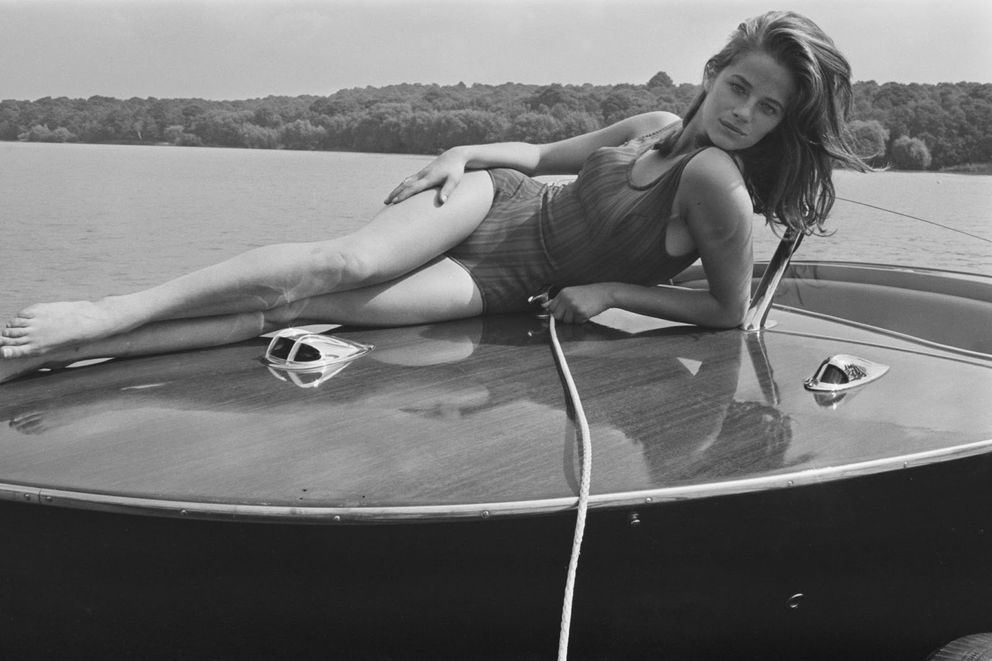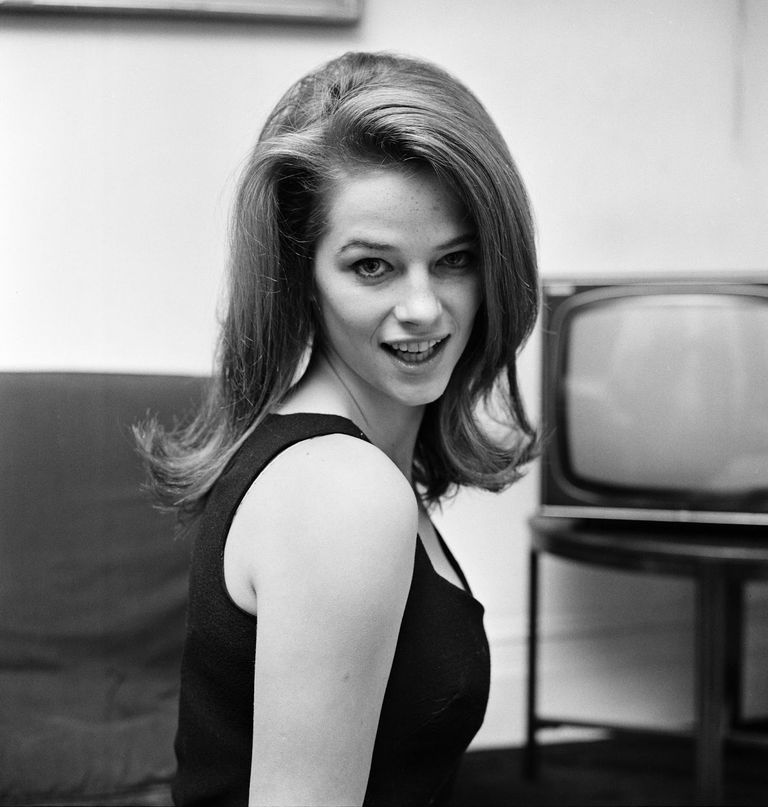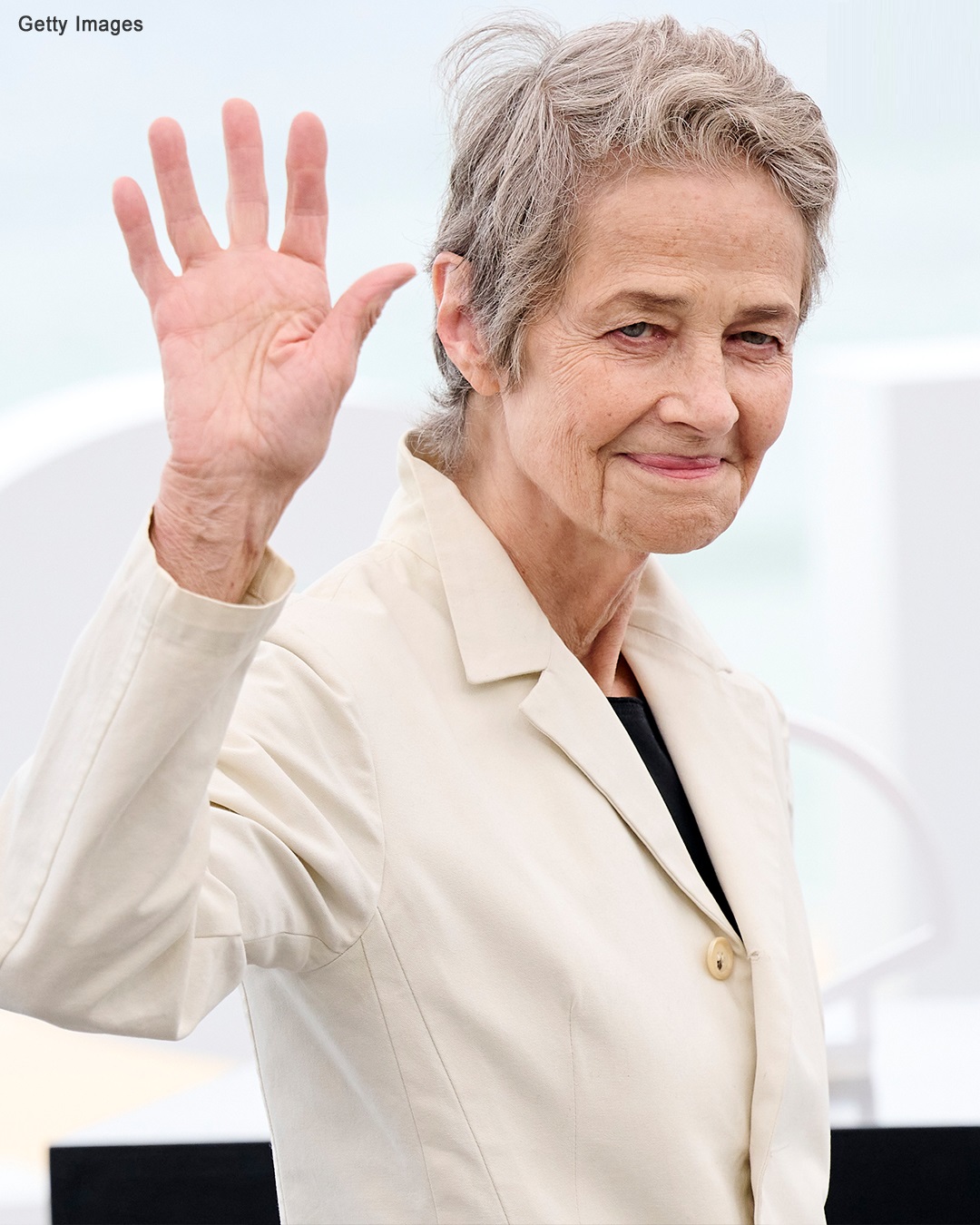From personal tragedy to bold career choices, this actress’s unapologetic authenticity and fearless approach to aging made her an enduring figure in cinema. Discover the journey of this timeless star who continues to captivate audiences.
A routine flight into acting stardom started unexpectedly for a young Englishwoman, who would later become one of cinema’s most enigmatic icons.

Born in post-war Britain to a family of high achievers, she was the daughter of a celebrated artist and an Olympic gold medalist turned army officer.
Her early years were spent in prestigious girls’ schools across France and England, but she left formal education behind at 16 to attend a secretarial college in London.
By 17, fate intervened when a casting agent spotted her. Though her first screen appearance was fleeting — an uncredited nightclub scene in “A Hard Day’s Night” — it wasn’t long before she landed her first credited role in the 1965 comedy “Rotten to the Core.”
Before films, she’d already made her mark as a model, her unique blend of sultry charm and quiet intensity setting her apart from the crowd. Her breakout came a year later in the iconic ’60s film “Georgy Girl,” where she played the haughty and glamorous Meredith.
The trailer billed her as a “sexy little dish” and a “doll never out of trouble.” Yet, the actress was far more than a pretty face. “They did [conflate her] from the beginning because that’s what I was doing, really,” she stated.

“I never considered myself as an actress in the grand sense of so many women of my generation, who had been to all the schools and done all the Shakespeare. I felt like a renegade, coming in and grabbing my place, which I hadn’t really deserved,” she added.
That sense of defiance and individuality became her calling card, making her one of the most compelling actresses of her time. Though she didn’t see herself as a conventional beauty, there was no denying her powerful allure.
“I knew I had sex appeal. […] I didn’t have to wait for the boys to come to me. I had it. I didn’t have to flaunt it,” the actress said.
She saw acting as a way to explore that power without the vulnerability of real-life relationships. “It’s not for real. You can live out fantasies through film, and that’s what made it so exciting,” she shared.
By the time the ’70s rolled around, she had left behind the carefree frivolity of the swinging ’60s and was taking on increasingly bold and transgressive roles. Her filmography included collaborations with legendary directors and actors.
She co-starred with Sean Connery in John Boorman’s science fiction adventure “Zardoz” in 1974, with Robert Mitchum in “Farewell, My Lovely” in 1975, with Woody Allen in his “Stardust Memories” in 1980, and with Paul Newman in Sidney Lumet’s “The Verdict” in 1982.
Yet, as she rose in the film world, a personal tragedy left an indelible mark on her life. Her older sister, Sarah, had been living in Argentina when she took her own life at the age of 23, just two months after giving birth. The news devastated the actress, who was barely in her twenties.
“I couldn’t be happy anymore. Your whole life changes,” she said, reflecting on the grief that followed. At first, her father told her Sarah had died of a brain tumor, but three years later, he revealed the truth.
“Yep, sure was,” she responded when asked if the devastating revelation led to a sense of double grief. The aftermath of her sister’s death led the actress to turn inward, seeking deeper, darker roles that would push her to the edges of human experience.

From bold film choices to her refusal to conform to Hollywood’s obsession with youth, Rampling has remained unapologetically true to herself. As she continues to captivate audiences with her depth, she proves that authenticity, like her timeless presence, never fades.



